Do you have a question about the Samsung 8 series and is the answer not in the manual?
Provides information regarding digital TV (DVB) functionalities and requirements for reception.
Warns about potential screen damage from displaying still images and offers advice to prevent screen retention.
Details the TV's physical control panel buttons and their functions for basic operation.
Describes the various input and output ports on the TV's rear panel for connecting external devices.
Identifies remote buttons, explains teletext functions, pairing, and battery installation for remote management.
Provides step-by-step instructions for pairing the TV remote control with the television for automatic or manual connection.
Guides on navigating TV menus using the on-screen display and how to place the TV in standby mode.
Details channel setup, country settings, auto/manual tuning, managing channels, and using the EPG.
Covers fine-tuning analogue channels and using the Full/Mini Guide for Electronic Programme Guide information.
Covers picture modes, advanced settings, color tone, size, screen modes, enhancements, and reset options.
Explains how to activate, configure, and use the Picture-in-Picture (PIP) feature on the TV.
Guides on setting up the TV for PC display, including software settings, modes, and adjustment options.
Details sound modes, equalizer, SRS TruSurround HD, speaker selection, and sound reset functions.
Covers general setup, language, time, timers, game mode, BD Wise, network, child lock, and user preferences.
Guides on connecting to wired (DHCP/Static IP) and wireless networks, including adapter and AP settings.
Explains input source selection, editing device names, and accessing support information like legal notices and self-diagnosis.
Guides on connecting USB devices, playing photos, music, and movies, including sorting and option menus.
Explains setting up DLNA networks, installing the PC Share Manager, sharing folders, and managing access permissions.
Covers connecting Anynet+ devices, setup, switching, remote operations, and troubleshooting common issues.
Introduces the Content Library, explores categories, and guides on content management and USB storage.
Introduces Internet@TV, explains widgets and snippets, and guides through initial setup and network configuration.
Explains the Internet@TV screen layout, dock mode, snippets, and launching TV widgets.
Details sidebar mode navigation, widget interaction using color buttons, and legal disclaimers for content services.
Covers editing snippets in the dock and configuring user profiles with names, avatars, and PINs.
Explains system settings like location and tutorial repeat, and administrative controls for screen savers and profiles.
Guides on using the Widget Gallery to add, install, and manage TV widgets from Yahoo! and Samsung.
Details how to use the Yahoo! Weather and News widgets, including adding cities and selecting news categories.
Explains how to view photos, control slideshows, and manage Flickr settings for sharing photos.
Covers using the Yahoo! Finance widget for stock information and troubleshooting common Internet@TV issues.
Guides on setting up Internet@TV, managing single sign-on accounts, and creating new accounts.
Covers system setup, widget gallery, and using specific widgets like YouTube for media playback.
Guides on setting up Internet@TV accounts, managing single sign-on, and security settings.
Covers connecting to networks, setting up message and media functions, and managing mobile device access.
Details how to view call arrivals, text messages, and schedules from a mobile phone on the TV.
Explains how to display media content (videos, photos, music) sent from a mobile phone on the TV.
Explains how to use the Teletext service, including navigation, page selection, and display options.
Provides instructions for installing the TV stand, wall mount kit, and anti-theft Kensington lock for secure placement.
Guides on neatly assembling and routing cables for both stand and wall-mount installations to maintain a clean look.
Emphasizes safety precautions for installation space and provides steps for securing the TV to a wall to prevent tipping.
Provides solutions for common TV operational issues including sound, picture, remote, and error messages.
Details the GNU GPL, LGPL, and other software license terms applicable to the product's software components.
Provides guidance on the correct disposal of the TV and batteries according to WEEE and battery directives.
| Display Type | LED |
|---|---|
| Smart TV | Yes |
| Operating System | Tizen |
| USB Ports | 2 |
| Voice Assistant | Bixby, Alexa, Google Assistant |
| Series | 8 Series |
| Bluetooth | Yes |
| Dimensions (Without Stand) | Varies by screen size |
| Weight (Without Stand) | Varies by screen size |
| Resolution | 4K UHD |
| HDR | HDR10+ |
| Screen Size | 55", 65", 75", 85" |
| Wi-Fi | Yes |
| Refresh Rate | 120Hz |
| HDMI Ports | 4 |


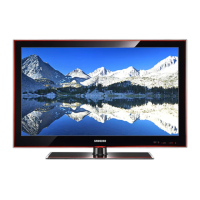
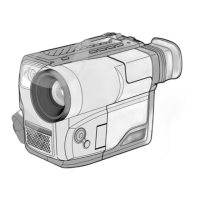

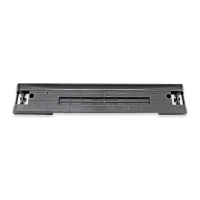

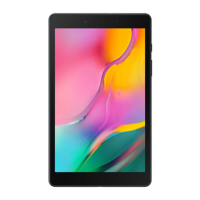
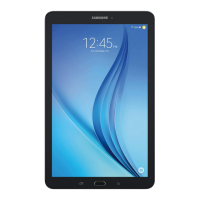

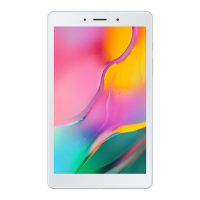
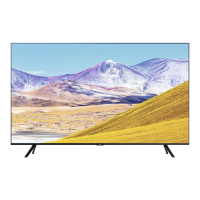
